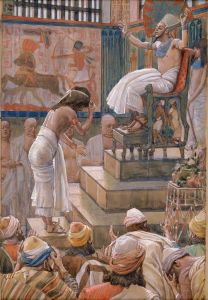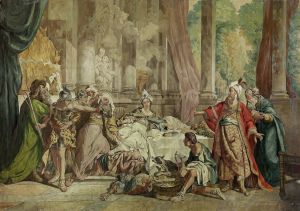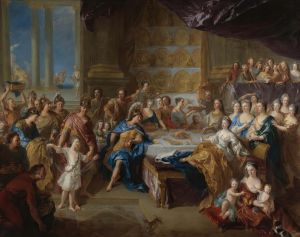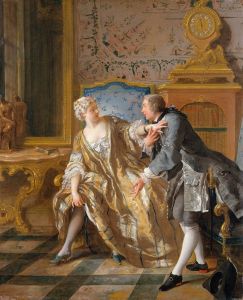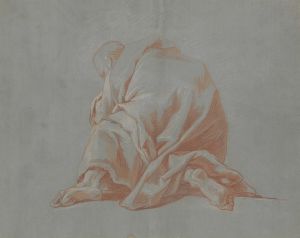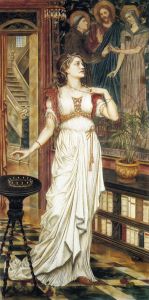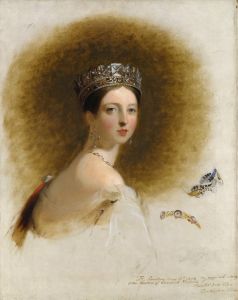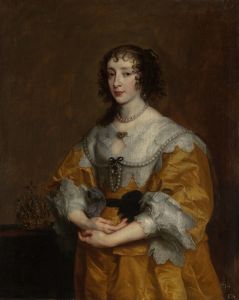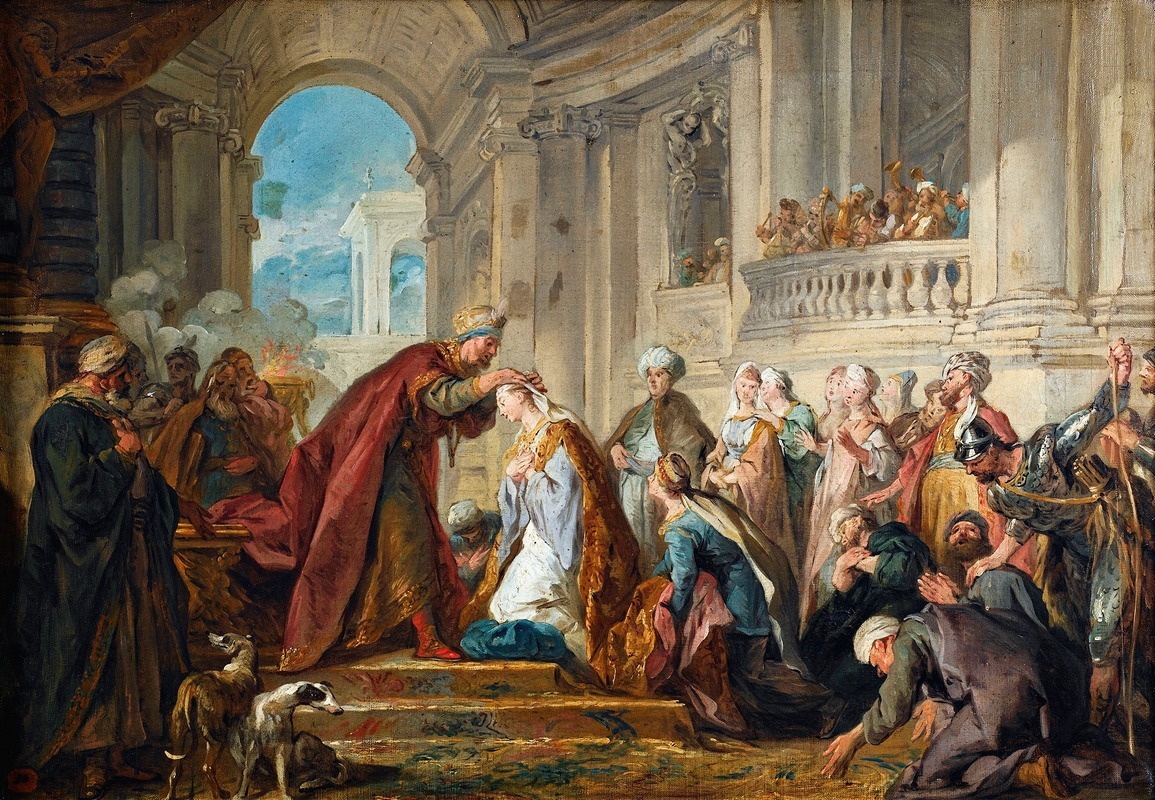
Le Couronnement D’esther
A hand-painted replica of Jean-François de Troy’s masterpiece Le Couronnement D’esther, meticulously crafted by professional artists to capture the true essence of the original. Each piece is created with museum-quality canvas and rare mineral pigments, carefully painted by experienced artists with delicate brushstrokes and rich, layered colors to perfectly recreate the texture of the original artwork. Unlike machine-printed reproductions, this hand-painted version brings the painting to life, infused with the artist’s emotions and skill in every stroke. Whether for personal collection or home decoration, it instantly elevates the artistic atmosphere of any space.
Jean-François de Troy was a prominent French painter known for his historical and genre scenes, as well as his contributions to the Rococo style. One of his notable works is "Le Couronnement d'Esther" (The Crowning of Esther), which reflects his skill in depicting historical and biblical narratives with elegance and attention to detail.
"Le Couronnement d'Esther" illustrates a scene from the biblical story of Esther, a Jewish queen of the Persian king Ahasuerus, traditionally identified with Xerxes I. The story is recounted in the Book of Esther in the Hebrew Bible and is celebrated during the Jewish festival of Purim. Esther is chosen as queen after the previous queen, Vashti, is deposed. Her cousin Mordecai uncovers a plot to destroy the Jewish people, and Esther bravely intervenes with the king, ultimately saving her people.
In de Troy's painting, the moment captured is likely the crowning of Esther, symbolizing her rise to a position of influence and power. The composition is typical of de Troy's style, characterized by its dynamic arrangement and the use of rich, vibrant colors. The figures are elegantly posed, with a sense of movement and drama that draws the viewer into the narrative. De Troy's attention to the luxurious details of the costumes and setting reflects the opulence of the Persian court, as well as the artist's skill in rendering textures and materials.
Jean-François de Troy was born in Paris in 1679 and was the son of the painter François de Troy. He trained under his father and later studied in Italy, which greatly influenced his artistic development. De Troy became a member of the Académie Royale de Peinture et de Sculpture in 1708 and gained a reputation for his ability to depict both historical and contemporary scenes with a refined elegance.
Throughout his career, de Troy worked on various commissions for the French court and private patrons. His works often depicted scenes from classical mythology, history, and the Bible, rendered with a sense of theatricality and sophistication. "Le Couronnement d'Esther" is an example of his ability to convey complex narratives through his art, combining historical accuracy with artistic flair.
De Troy's work is often associated with the Rococo movement, which emphasized ornate detail, lightness, and a playful use of color. His paintings are characterized by their graceful compositions and the delicate interplay of light and shadow. Despite the Rococo style's association with frivolity, de Troy's historical and biblical subjects often carried deeper moral and philosophical themes.
"Le Couronnement d'Esther" is a testament to Jean-François de Troy's mastery of the Rococo style and his ability to bring historical and biblical stories to life. His work remains an important part of the French artistic heritage, reflecting the cultural and artistic trends of the early 18th century. Through his paintings, de Troy contributed to the rich tapestry of European art, leaving a legacy that continues to be appreciated by art historians and enthusiasts alike.





